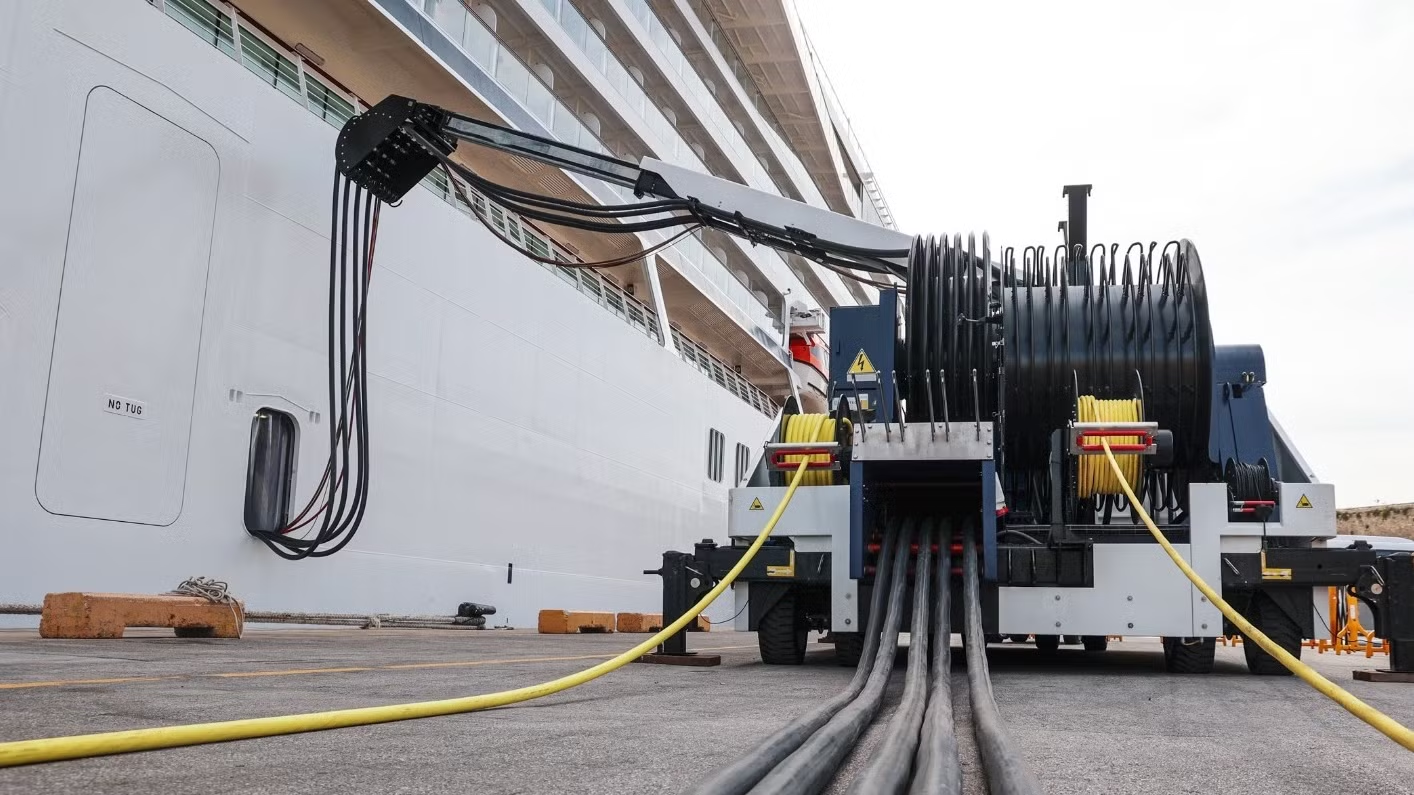In their latest white paper, commissioned by Amogy, Guidehouse finds that ammonia shows considerable promise as a clean fuel suitable for use in the shipping industry, however not enough incentive is presented for stakeholders to turn to ammonia.
The Ammonia as an Essential Energy Carrier for the Energy Transition white paper states that adoption in coming years will be driven by increasing volumes of clean ammonia production and ongoing reductions in the cost of clean ammonia delivered to end users. Technological innovations in vessel and propulsion system design will also be critical, according to the paper.
However, the paper argues that widespread adoption of ammonia will be much easier if legislatures give clear incentives for ammonia production and utilization, such as:
#1 Production initiatives
Policymakers should provide clear incentives to clean ammonia producers. Incentives for clean ammonia production will be a key investment driver during the early phases of market development, the paper finds.
Carbon taxes will be key to ammonia uptake in the shipping sector. Production-based incentives may need to be complemented by additional demand-side measures. In the EU, the Emissions Trading System (ETS) will be expanded to include emissions produced by international vessels that dock at EU ports.
Expansion of the ETS will be complemented by the FuelEU initiative, which sets minimum quotas for the uptake of fuels produced using renewable hydrogen. The quotas will start at 2% in 2025 and rise to 80% by 2050.
The paper also argues that governments should implement and codify the recent IMO recommendations for net-zero maritime vessels by 2050. Achieving the IMO’s targets will require action from member state governments. National policy frameworks for decarbonizing the shipping sector should be revised to support the IMO’s current timeline for zero carbon fuel adoption.
Shipowners currently lack investment support for zero carbon propulsion systems and technologies. The paper finds that while production incentives and carbon taxes can help deliver cost parity for alternative fuel options, shipowners will still incur additional costs for installing fuel cells, ammonia crackers, and other zero carbon power and propulsion technologies.
To assist with market formation, policymakers should consider additional incentives focused on reducing the cost of new onboard technologies for zero carbon vessels.
#3 Company policy
For shipowners, establishing ambitious company-level emissions reduction targets, including intermediate ambitions and end goals, will send a clear signal to stakeholders in the ammonia sector that there is a ready market for adoption.
These targets can help accelerate necessary investments in ammonia production, bunkering and port infrastructure, and technology R&D. When investing in fleet renewals, vessel asset life, retrofit considerations, and the declining cost outlook for zero carbon fuels should be key considerations.
#4 Safety concerns
Despite decades of safe transport in vessels, ammonia handling remains a concern for some stakeholders. Industry members should work with regulators to accelerate the adoption of safety guidelines for ammonia use as a fuel, drawing on existing rules for ammonia handling on vessels where appropriate, the paper claims.
In parallel, ammonia technology providers should focus on demonstrating safe use of ammonia as a fuel through collaborations, trials, and pilot projects.































































